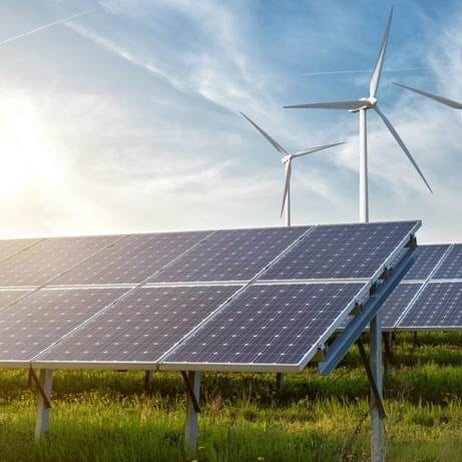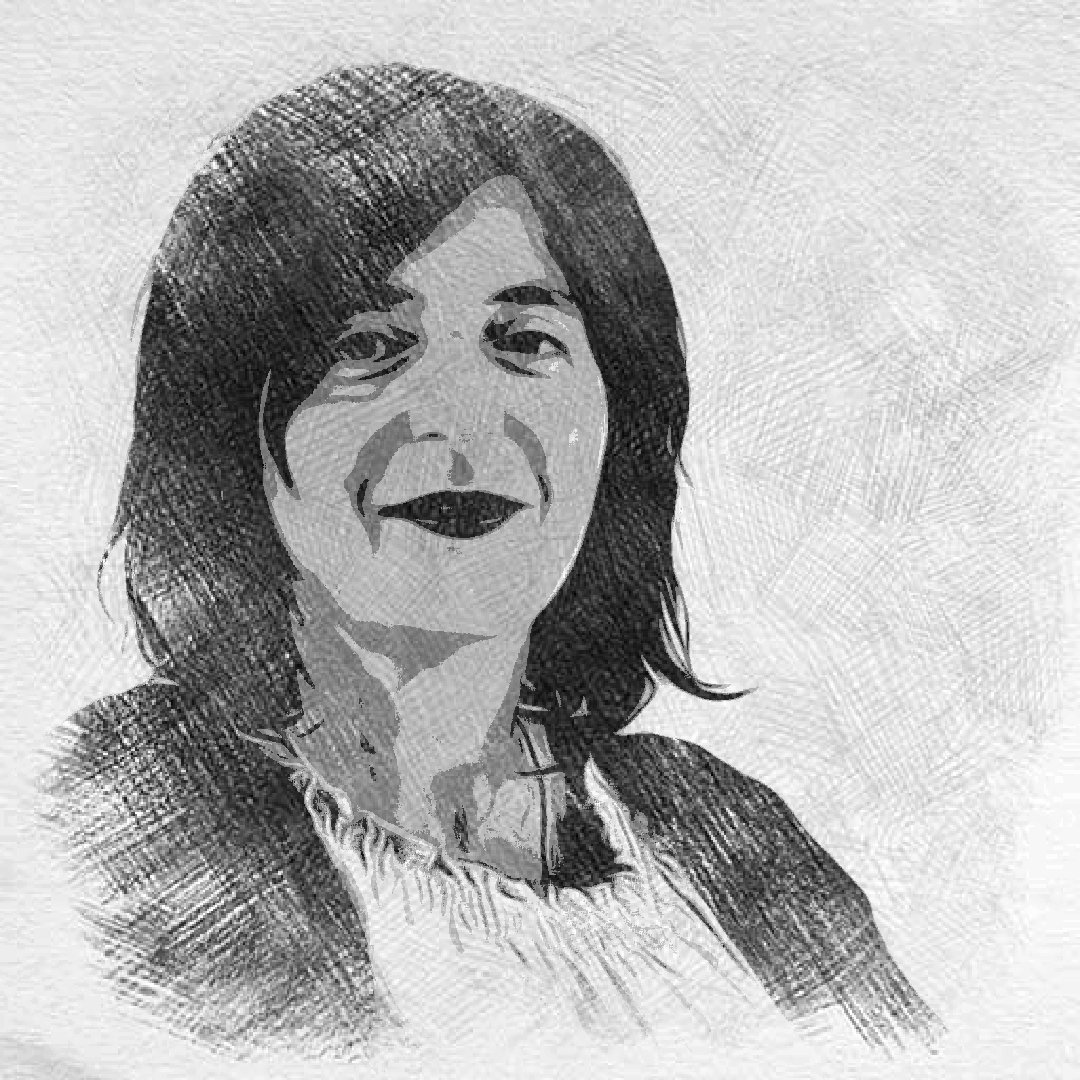
Digitalization and the energy transition go hand in hand within the Lower Energy Acceleration Program (LEAP in the Netherlands. As part of this initiative, all kinds of parties, including the ESI (TNO), are working together to support future, more energy-efficient data centers in the Amsterdam metropolitan area.
Data centers are getting bigger all the time in an effort to keep up with our digital trends. Especially in a densely populated place like the Amsterdam metropolitan area. The high concentration of companies in this area means that enormous data centers are needed to process these increases in data traffic. Two of the most important transitions of the moment are converging here – the energy transition on the one hand, and digitalization on the other. The question now is: How can we manage this growth in digital traffic, while at the same time reducing energy consumption and figuring out how to better integrate digital and energy systems? While taking into consideration all the many parties involved with varying perspectives? And how does this relate to the generation of green energy?
Sense of urgency
“The sense of urgency is now being felt by everyone,” says Marjolein Bot, Lead Energy at the Amsterdam Economic Board and also the initiator of LEAP. “With the aim of supporting a future-proof, sustainable digital infrastructure, we are working together within the LEAP platform with a wide range of parties. From governments, businesses and knowledge institutions to network organizations and start-ups. In addition, telecom providers, hardware suppliers and the data centers themselves are also involved in the initiative. All these parties are aware that something needs to be done. The only question everyone is wrestling with is how. Although we did start in the Amsterdam metropolitan area because of the high concentration of data centers, this is not a problem specific to Amsterdam. It is a problem for the whole of the Netherlands.”
Insights drawn from the high-tech industry
The digitalization of society and the energy transition are complex multi-party issues. With so many parties involved who all have diverse interests, values and perspectives, working together is therefore no easy matter. According to Bot, there was therefore a great need for a party with the right expertise when it came to the formation of LEAP’s vision. This is how ESI, part of the Dutch research organization TNO, came into the picture very quickly.
Joris van den Aker, program manager at ESI (TNO): “ESI (TNO) has a great deal of knowledge of and experience with systemic approaches and open innovation in the high-tech industry. A lot of companies are struggling with the ever-increasing complexity as a result of the speed at which the market, business, products and technology are evolving. Previous successes are no guarantee for the future. Active collaboration in an ecosystem of innovations is absolutely imperative in order to prevent ‘compartmentalization’. I can see all of these aspects in this transition. At ESI, we are used to approaching things on a systemic level. We look at things as a whole, in their mutual relationship and in interaction with the environment. That way of working – by looking at the defined problem on a systemic level and translating that into stakeholders, their interests and solution guidelines – we are also taking this transition on board ourselves.”
Energy guzzlers
This is something that Pallas Agterberg, in addition to being a Challenge Officer at grid operator and LEAP partner Alliander, is also a member of the Netherlands Council for the Environment and Infrastructure. In addition to the energy transition, she is also professionally involved in other transitions, such as the industrial transition and the mobility transition: “You basically can’t have one without the other.”
Hence, according to Agterberg, data centers are getting bigger and bigger to meet our digitalization needs. But at the same time they are outright energy guzzlers. “They are mega-sized halls with all kinds of servers in them. And the growth figures are exponential. A few years ago, a data center in the Amsterdam region with as much energy consumption as all of Zaanstad wanted a connection. This necessitated an expansion of the network. And so we have seven more in the offing that consume the same amount of power as all the households in the city of Amsterdam put together.”
Discontinuing data usage is not an option either, according to Agterberg. “All of us never Netflixing or streaming ever again? I don’t see that happening any time soon. The same goes for companies and organizations that use more and more ICT services. So the question is: What do you want? What’s more important – business or pleasure? Because if we just keep on building more and more data centers at this rate, they’ll become a kind of Pacman that eats up all the energy.”
Energy conservation
Conserving energy is an equally obvious, as well as necessary, option. After all, according to Bot, the most sustainable energy is “the energy that you do not use.” In practice, that doesn’t have to be all that complicated either. For one thing, virtualization – i.e. the merging of tasks – enables companies to conserve energy. Moreover, data centers do not always have to be running at full speed. Companies can put their servers into eco mode at those times when they have less data traffic. This is called power management.
Bot: “Companies are still often concerned that this will lead to losses in performance. Actual practice shows that this is not the case. As part of LEAP’s work, we have already run pilot projects at Schiphol, KPN, Rabobank and the North Sea Canal Authority, among others. These have also shown that power management can result in energy reductions of up to 10 percent!”
Aligning supply and demand
In contrast to power from coal-fired power stations, electricity from sustainable energy sources such as the sun and wind is generated in a way that is subject to fluctuations. However, according to Agterberg this can easily be compensated for by using data centers in an area where it is needed at that moment. “It’s simply a matter of improving the distribution. And aligning supply and demand. Take the European Championship. Let’s say you know that the Netherlands is playing a footy match that millions of people want to watch. Then you know that the demand for capacity from internet providers like Ziggo and KPN will increase enormously. Now you have separate servers for that purpose. However, you could make the servers that work for the companies during the day available for other purposes in the evening. For streaming, for example.”
AirBnB
In the future, the price of energy will be much more dependent on the time of use due to the utilization of renewable energy sources such as solar and wind. Agterberg: “By coordinating the supply and demand of cloud services, energy-intensive cloud assignments can best be carried out at a wind farm in the North Sea. When weighing up where to locate these types of cloud services, speed is not the only factor, the energy costs also matter. So it could be anywhere in Europe. It could be in a place where there is a lot of wind but also a lot of sun. In Portugal as far as I’m concerned. This not only makes energy use flexible but the server capacity as well.”
Although this will only work if it fits in with the strategy of the large companies. Agterberg: “That’s something that we also learned from ESI. For some companies, sustainability can be the deciding factor. For others it is a service that has to work the same way all over the world.”
Ultimately, the choice of where to store such a cloud service will be determined not only by its speed or security, but also by where the energy is cheapest, Agterberg predicts. “Compare it to Airbnb. You match the question of where a room is available to the person looking for a room. The same goes for engaging a cloud service.”
Also read: These three things are crucial for the energy transition to succeed

